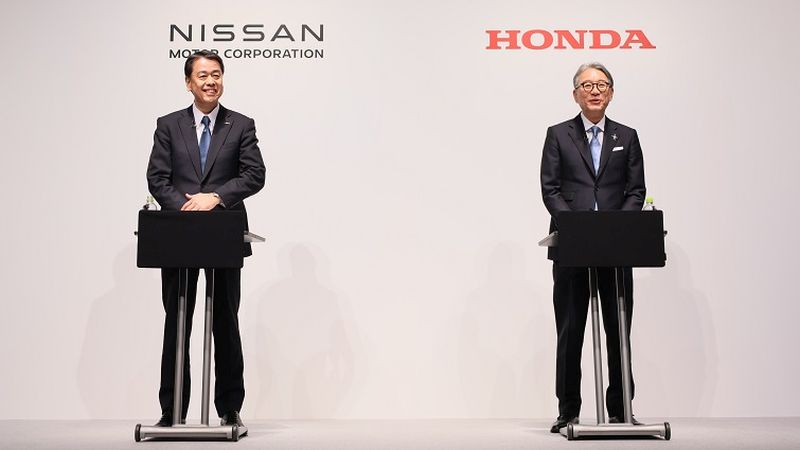Japanese automaker Mitsubishi has joined a pre-existing alliance between Nissan and Honda to jointly develop electric vehicles and related technologies. The memorandum of trust was signed by the companies this week. The joint work is expected to help automakers catch up with competitors in introducing technologically advanced electric vehicles to the masses.

Image source: Nissan Motor
The partnership marks the latest example of major automakers pooling their resources to lower costs and find more efficient ways to bring new electric vehicles to market. Nissan and Honda said in a joint statement that Mitsubishi joining the alliance will add new knowledge and strength to the project, and provide further synergies that can only be achieved by the three companies working together.
For each of the three automakers, joint ventures are nothing new. Honda had worked with General Motors in the past to develop electric vehicles, but ended the agreement after several years of partnership. Despite this, the recently released Honda Prologue is built on GM’s Ultium platform. Honda merged with Nissan months after ending its relationship with GM. At the same time, Nissan was already part of a decades-old global alliance with Mitsubishi, which also includes Renault.
Honda was likely looking for a partner to take the reins after the company pulled out of the deal with GM. At the same time, Nissan and Mitsubishi are making a lot of efforts to develop their business in the United States. At the same time, Nissan’s operating profit in the US market fell by about 99% in the last quarter. Americans have stopped buying Nissan cars, and the company’s failure to introduce hybrids and electric vehicles to the country’s market is exacerbating the situation.
In addition to creating the electric vehicles themselves, the companies will collaborate on the development of batteries, powertrains and a new vision system to encourage “vehicular complementarity.” It is also known that Nissan plans to electrify 16 out of 30 cars produced by 2026. Seven electric vehicle models are intended for the North American market. It’s likely that by working together, automakers will be able to achieve their goals faster.